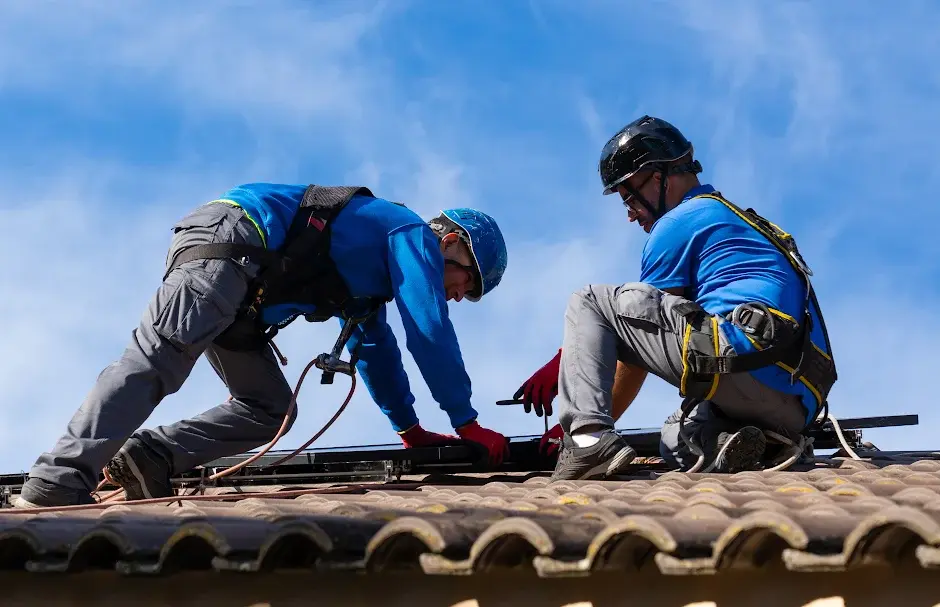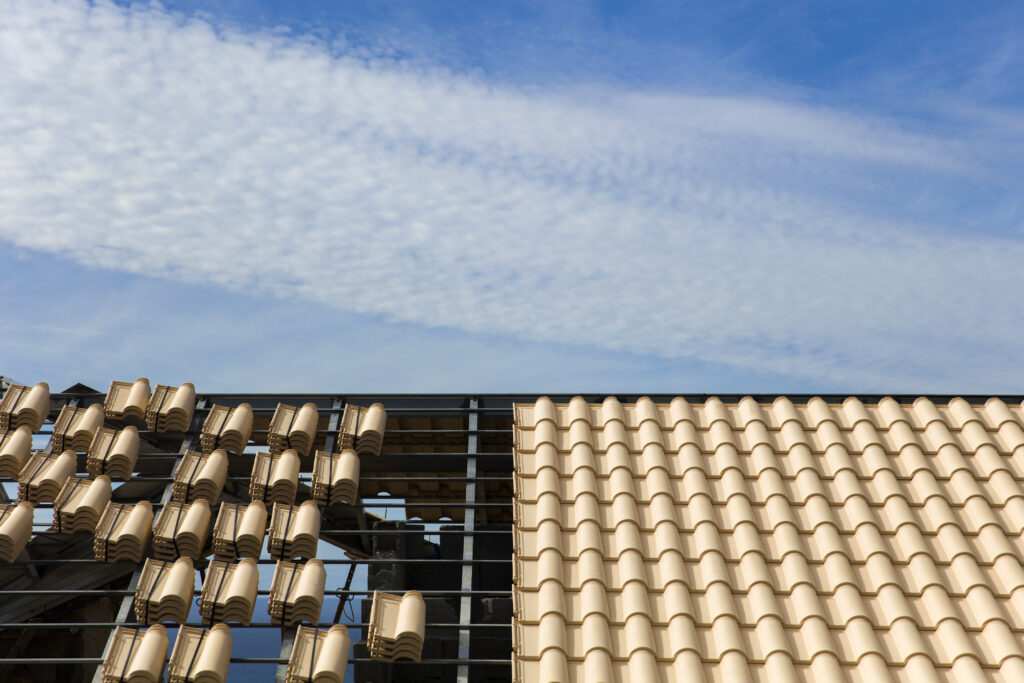A roof does more than keep out the rain—it protects your entire home from the elements. Over time, exposure to sunlight, wind, moisture, and temperature changes can wear it down. Even the most durable roofing materials eventually need attention. The smartest homeowners understand that roof repairs aren’t just about fixing leaks; they’re about preventing small problems from becoming big, expensive ones.
Whether your roof is asphalt shingle, metal, tile, or slate, knowing how to approach roof repairs like a professional can save you thousands in the long run. With regular maintenance, timely inspections, and the right techniques, you can extend your roof’s lifespan, improve your home’s energy efficiency, and maintain curb appeal year-round.
Understanding the Importance of Roof Maintenance
Your roof endures harsh conditions every single day—UV rays, heavy rain, snow, wind, and debris. These factors gradually weaken its surface and underlying structure. Ignoring minor damage like loose shingles or cracked flashing can lead to leaks, wood rot, and insulation issues. Regular roof inspections and prompt repairs ensure your home stays dry, safe, and structurally sound.
Industry data shows that regular roof maintenance can extend a roof’s life by up to 30%. In Bethesda, MD, where homes face humidity, snow, and seasonal storms, routine care is essential. Most roofs last 20 to 50 years depending on the material, but only if homeowners stay proactive. Partnering with trusted experts like Ralda Roofing ensures timely inspections, quality repairs, and durable materials that prevent costly damage and keep your home protected year-round.

Signs Your Roof Needs Repair
A well-maintained roof shows subtle warning signs before major failure. Knowing what to look for helps you address issues before they worsen.
- Missing or Damaged Shingles: Cracked, curled, or missing shingles expose the roof deck to water damage.
- Water Stains on Ceilings: A sure sign of leaks or moisture buildup in the attic.
- Sagging Areas: Indicates possible structural damage or trapped moisture.
- Moss or Algae Growth: Excess moisture and poor drainage can cause premature deterioration.
- Damaged Flashing: Compromised flashing around chimneys, skylights, and vents often leads to leaks.
If any of these signs appear, act immediately. Delaying roof repairs can cause hidden mold growth and weaken your home’s insulation and framing.
Steps Smart Homeowners Take Before Roof Repairs
1. Schedule a Professional Roof Inspection
The first step in handling roof repairs like a pro is understanding the true condition of your roof. A professional inspection identifies damage that isn’t visible from the ground. Roofers use drones, moisture meters, and infrared cameras to detect leaks and weak spots. Experts recommend getting an inspection at least once a year, ideally before and after severe weather seasons.
2. Check the Warranty and Insurance
Before authorizing any repair work, review your roof’s warranty and your homeowner’s insurance policy. Some repairs may be covered depending on the cause of damage—such as storms, hail, or defective materials. Smart homeowners document damage with photos and keep inspection reports for potential claims.
3. Use Quality Materials
Using low-quality materials to save money is a short-term fix that leads to long-term costs. Choose roofing products that match your existing materials and meet local building codes. Durable options like impact-resistant shingles or metal roofing provide better protection and last longer.
4. Prioritize Safety
Roof repair is dangerous without the right tools and safety gear. Professionals use harnesses, roof jacks, and safety lines to prevent falls. Even if you’re just inspecting, wear non-slip shoes and avoid walking on steep or wet areas.
5. Address Underlying Issues
Smart homeowners don’t just fix the visible damage—they approach roof repair with a focus on finding out why it happened in the first place. For instance, water stains might result from poor ventilation, clogged gutters, or worn flashing. Addressing these underlying issues during roof repair ensures the problem doesn’t return and helps maintain the structural integrity of the entire roofing system.
Preventive Roof Maintenance Habits
A professional-level approach to roof care includes consistent maintenance. These steps minimize costly emergency repairs and help your roof perform efficiently.
- Clean Gutters and Downspouts: Clogged gutters trap water, causing it to back up under shingles. Clean them twice a year.
- Trim Overhanging Branches: Prevent branches from scraping shingles or dropping debris.
- Inspect After Major Storms: Look for lifted shingles, dents, or debris accumulation after heavy wind or hail.
- Check Attic Ventilation: Poor ventilation leads to moisture buildup, mold growth, and heat damage.
- Schedule Routine Roof Cleaning: Gentle soft washing removes moss, algae, and debris without damaging materials.
By making these actions part of your annual home maintenance checklist, you’ll protect your investment and maintain your roof’s performance.
When to Repair vs. Replace Your Roof
Knowing when to opt for roof repair and when to replace the entire roof is crucial. If the damage is isolated—like a few missing shingles, small leaks, or minor flashing issues—roof repair is usually enough to restore protection and prevent further deterioration. However, if your roof is nearing the end of its lifespan or shows widespread structural damage, a full replacement may be more cost-effective and provide longer-lasting results.
According to HomeAdvisor’s 2025 data, the average homeowner spends between $400 and $1,500 on minor roof repairs, while a complete replacement can range from $8,000 to $15,000 depending on size, materials, and location. Investing in timely repairs can delay replacement by several years, saving significant costs.
Benefits of Handling Roof Repairs Like a Pro
1. Extended Roof Lifespan
Routine inspections and quick repairs prevent structural damage, keeping your roof strong for decades.
2. Improved Energy Efficiency
A well-maintained roof provides better insulation, lowering heating and cooling costs.
3. Increased Property Value
Buyers look for homes with solid, well-cared-for roofs. Professional-grade repairs demonstrate responsible ownership.
4. Peace of Mind
Knowing your roof is in excellent condition provides security—especially during storms or extreme weather.
The Smart Way to Hire Roofing Professionals
Even knowledgeable homeowners rely on skilled roofers for complex repairs. Always choose certified contractors who are licensed, insured, and experienced with your specific roofing material. Review customer feedback and ensure they follow industry standards for safety and workmanship.
Request a written estimate that includes materials, labor, and cleanup for your roof repair project. Professionals should provide clear communication about timelines, costs, and any potential issues before starting the job. Smart homeowners approach roof repair as a partnership built on transparency, trust, and quality workmanship, ensuring every detail is handled with care from start to finish.
Common Mistakes to Avoid
- Ignoring small leaks that lead to widespread damage.
- Attempting DIY repairs without proper training or safety equipment.
- Using mismatched materials that reduce durability and visual appeal.
- Failing to inspect attic ventilation and insulation.
- Neglecting post-repair maintenance like cleaning and inspection.
Avoiding these mistakes ensures every repair contributes to a longer-lasting, more efficient roofing system.
Conclusion
Handling roof repairs like a pro isn’t about doing everything yourself—it’s about staying informed, proactive, and choosing the right professionals when needed. Regular inspections, quality materials, and preventive maintenance protect your home from weather damage and unexpected expenses. Smart homeowners view roof care as an ongoing investment that pays off through comfort, safety, and long-term savings.
Frequently Asked Questions
1. How often should I inspect my roof for damage?
Experts recommend inspecting your roof at least once a year and after major storms. Early detection helps prevent costly structural damage.
2. How long does a roof repair typically take?
Minor repairs can be completed in a few hours, while larger projects may take one to three days depending on complexity and weather.
3. What is the average lifespan of a roof?
Asphalt shingles last about 20–25 years, metal roofs up to 50 years, and tile or slate roofs can exceed 70 years with proper care.
4. Can roof leaks cause health issues?
Yes. Leaks can lead to mold growth, which affects indoor air quality and can cause respiratory problems. Prompt repairs prevent these risks.
5. Should I replace my roof after a major storm?
Not always. Have a professional inspection first. If only a section is damaged, repairs may suffice. Full replacement is only necessary for extensive or recurring damage.



